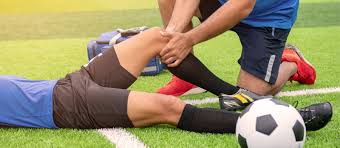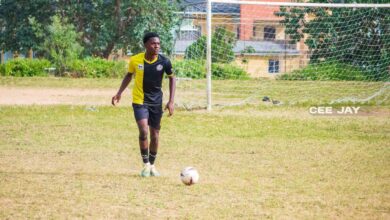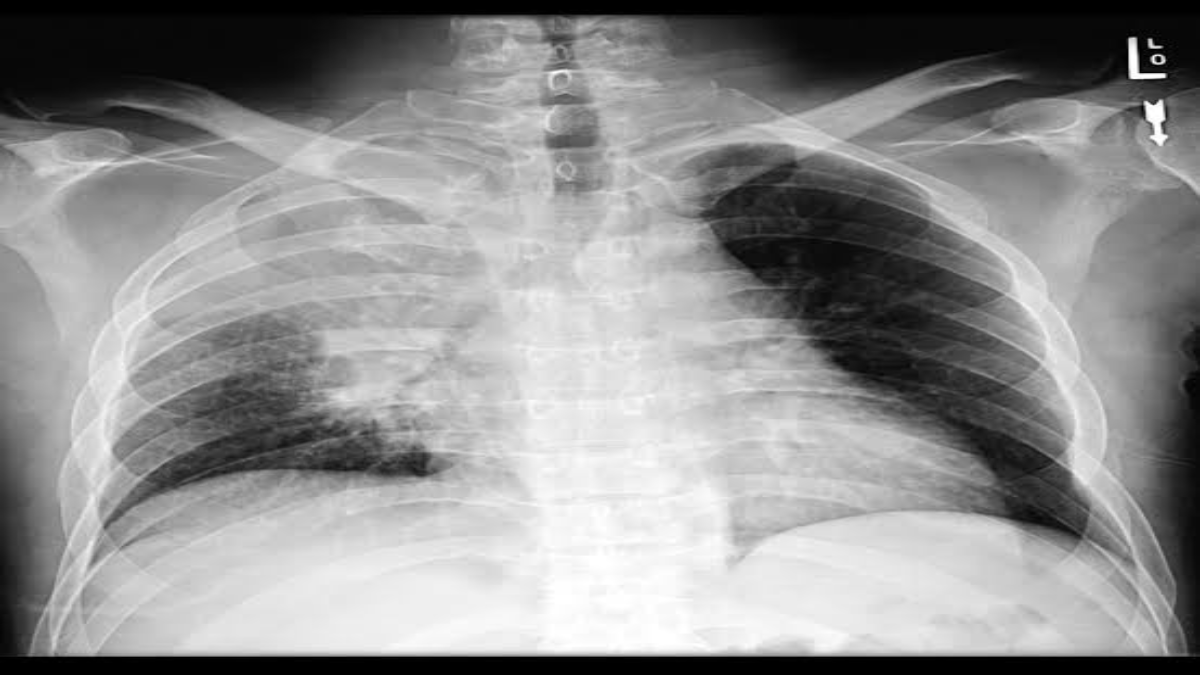First Aid and Prevention of Sports Injuries

It’s the second semester, which means along with the heavy academic workload and ubiquitous politicking, sporting competitions abound. From the ongoing Ulympics to the just concluded Super Cup and inter-house competitions, sports competitions are everywhere. And while the players get the chance to finally display their hard training and skills, and the spectators enjoy the exhilarating feeling of seeing their mates win, sports injuries lurk just around the corner.
Sports injuries are most often caused by overuse, direct impact, or the application of force that is greater than a body part can structurally withstand. There is a limitless array of sporting injuries ranging from acute to chronic, but in this article, we’ll be sticking with the most common acute injuries, as these are the ones that require immediate attention.
- Sprains: These along with strains are the most common injuries, and almost guaranteed to happen to at least one person at a sporting event. Sprains can range from minimal stretching of to partial or complete tears of ligaments (the bands of connective tissue that join the end of one bone with another to stabilize a joint). They are caused by trauma such as a fall or blow that stresses a joint out of position. Areas of the body most vulnerable to sprains are ankles, knees, and wrists. Thus, the joint involved is determined by the sport, for example footballers are more likely to have a sprained ankle, and basketballers a sprained wrist. There is sudden pain, and inability to bear weight on, or with the joint involved. A simple acronym for first aid for sprains in RICE – Rest the joint, Ice pack, Compression (wrap a bandage around the joint to keep it compact), Elevate the joint (this applies more for a knee or ankle sprain).
- Strains: A strain is a twist, pull, or tear of a muscle, muscle-tendon juncture (where muscle and tendon connect), or a tendon itself. Strains can occur from high-energy contact or from repeating the same motion again and again, such as in tennis. It can also occur during lifting, jumping or sprinting. Like sprains, strains can range from a minor stretch to a partial or complete tear of a muscle or tendon. The RICE first aid also applies for strains. Analgesics such as paracetamol and non-steroidal anti-inflammatory drugs would help reduce the pain while the tear heals. It is important to return slowly to physical activity to prevent a recurrence. Unfortunately, some players may have to sit out a few matches, but in the long run, optimum health is more important.
- Bruises: Bruises, also known as contusions occur as a result of a direct force hitting a part of the body, damaging small blood vessels under the skin. They often occur in contact sports. A bruise becomes tender and swollen very quickly and appears as a bluish-purple discolouration on the site of impact (this may be absent in dark-skinned people). An ice pack applied to the bruise would bring down the swelling, as well as numb the nerve endings, thereby reducing the associated pain. A topical pain reliever such as diclofenac gel would also help.
- Cuts and abrasions: Cuts are not be as frequent as other sports injuries if proper precautions are taken, however they still occur. Pain, bleeding and obvious skin damage are usually observed. The first step to take when a player gets a cut is to rinse the area thoroughly with water and a mild antibiotic soap to prevent infection. In the absence of this, methylated spirit may be used to disinfect. Next it should be covered with a sterile bandage, and observed carefully until it heals. With more extensive cuts, a visit to a healthcare professional may be required, and probably a couple of stitches.
- Fractures: Fractures are one of the more serious sporting injuries. They result from a high-impact force, fall, or collision causing a bone to crack or break. The small, delicate bones of the hands and feet are more prone to fracture, but the collarbone and long bones of the arms and legs are close contenders. A fracture would usually cause severe pain, swelling, visible deformity, inability to move the affected area. The limb should be kept as still as possible and immobilised by padding and splinting with a rod or any similar straight sturdy object immediately. NEVER attempt to straighten the bone or apply ice, as this will do more harm than good. Seek medical attention immediately at the nearest hospital.
- Dislocations: A dislocation occurs when a joint is forced out of its normal position by a fall, blow, or sudden movement. Like a fracture, it is often characterised by severe pain, deformity and inability to move the joint. Again, DO NOT attempt to relocate the joint. Immobilise the joint as much as possible and take the injured person to the nearest hospital.
- Dental injuries: These are commonly ignored as they do not occur very often. However teeth can get loose from a hit from a ball or a direct jab from another player. Pain, bleeding from the gums, or even knocking out of teeth can occur. Rinse out the mouth immediately, and apply pressure to any bleeding part of the mouth with a clean gauze. If a tooth has been knocked out, rinse it with milk, store in milk, and see a dentist to reattach it immediately.
- Concussions: A concussion occurs when a blow to the head causes the brain to move inside the skull, leading to temporary brain function disruption. The player may report headache, dizziness, nausea, confusion, blurry vision or even lose consciousness. Stop any activity immediately, and take the injured person to a hospital while keeping them as still as possible.
- Tendonitis: Tendonitis, or tendinitis is inflammation of the tendons, and can be acute or chronic. It is felt as pain, stiffness, and swelling along the tendon, which worsens with activity. The RICE acronym (Rest, Ice, Compression, Elevate) works for tendonitis as well. If symptoms persist, make sure to see a medical professional.
- Bursitis: A bursa is the fluid-filled sac between bones at joints that reduces friction during movement. This sac can become inflammed (bursitis), causing tenderness and swelling at the joint. The RICE acronym works for bursitis as well. Non-steroidal anti-inflammatory drugs like ibuprofen and diclofenac will help set off some of the pain.
While first aid is essential, prevention should be the watchword. Some factors make it more likely for an injury to occur, including:
- Fatigue
- Not wearing proper protective equipment
- Running or jumping on hard surfaces
- Not warming up and cooling down
- Contact sports that may involve tackling or collisions
- Activities that involve jumping, running and pivoting or changing direction quickly
- Not using the correct exercise techniques
- Overtraining, either by training too often, too frequently, or for too long.
Sports officials have a very important role to play in ensuring that all safety precautions are taken. All players must wear proper protective equipment for the sport including boots and knee pads. Unnecessarily rough play should be strongly penalised. Matches should be fixed to allow adequate time for rest and recovery. A trained person who can handle sports emergencies should always be ground, as well as a means of transport to a hospital if the need arises.
On the part of players, consistent training should take precedence over sudden bouts of activity. Players should also pay attention to the right technique, and not roughly tackle opponents. Proper rest after matches should be prioritised to allow muscles, ligaments and tendons to recover.
Spectators should also learn the right first aid skills, and not disrupt ongoing play. Violence must be discouraged. Even if our pride is injured at the end of the day, let’s do our part to ensure that all players leave the pitch injury-free.
Aisha Ibrahim



